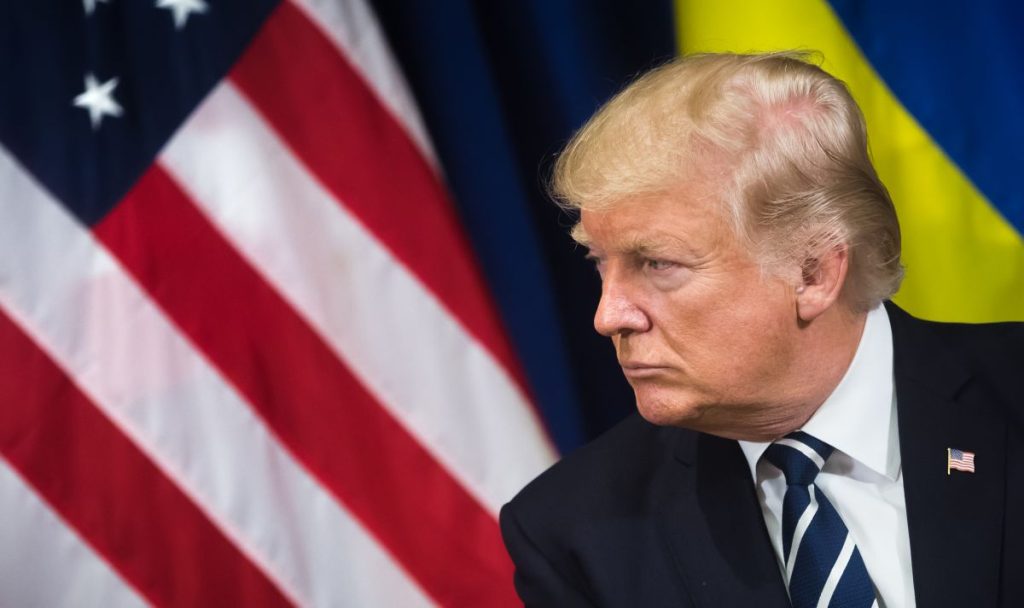Despite sweeping tariff actions targeting dozens of countries, Russia is notably absent—raising questions about trade policy consistency, sanction overlap, and geopolitical positioning.
A Notable Omission in a Sweeping Tariff Policy
As the Trump administration rolls out its aggressive new tariff strategy—framed as “reciprocal” and affecting nearly every U.S. trading partner—Russia stands out for its absence. While countries with negligible U.S. trade volumes, such as Syria and even the uninhabited Heard Island and McDonald Islands, were listed, Russia was not.
White House Press Secretary Karoline Leavitt explained that pre-existing U.S. sanctions on Russia “preclude any meaningful trade,” grouping it with Cuba, North Korea, and Belarus as exceptions. Russian media echoed this rationale, citing sanctions as the reason for the omission.
Yet, the data tells a more nuanced story. The U.S. imported $3.5 billion worth of goods from Russia in 2024, according to figures from the Office of the U.S. Trade Representative. These imports were concentrated in fertilizer, nuclear fuel, and certain metals. Though excluded from the “reciprocal” tariffs set to take effect April 9, Russian imports will still be subject to the 10% baseline tariff applied to all U.S. imports beginning April 5—a rate also covering top trade partners like Mexico and Canada, who avoided harsher penalties.
Trade Policy, Sanctions, and Strategic Messaging
U.S. sanctions against Russia—imposed following the 2022 invasion of Ukraine and largely maintained under Trump—have already curtailed formal trade channels. However, the exclusion of Russia from a globally applied tariff initiative invites questions about coherence in trade enforcement and diplomatic signaling.
Kremlin-controlled outlets referenced U.S. Treasury Secretary Scott Bessent’s April 2 remarks to Fox News: “Russia and Belarus, we don’t trade with. They’re sanctioned.” While technically true under many categories, exemptions and indirect trade routes remain in place, especially for critical commodities like fertilizer.
Meanwhile, President Trump has sought to position himself as a mediator in the Ukraine conflict. He recently floated a 50% tariff threat on countries purchasing Russian oil—using trade as leverage to compel a ceasefire from President Vladimir Putin, who has so far shown no indication of shifting course.
A Case of Limited Leverage, Not Strategic Alignment
The absence of Russia from the tariff list is less about favoritism and more about leverage—or the lack of it. Tariffs are a tool of influence, but when trade is already constrained by sanctions, the utility of additional duties is minimal. The broader takeaway is that while tariffs remain central to U.S. economic diplomacy, their application depends as much on existing policy constraints as on broader strategic aims. For those watching U.S. trade direction, the Russia case serves as a reminder that not all absences are accidental—some are tactical.







